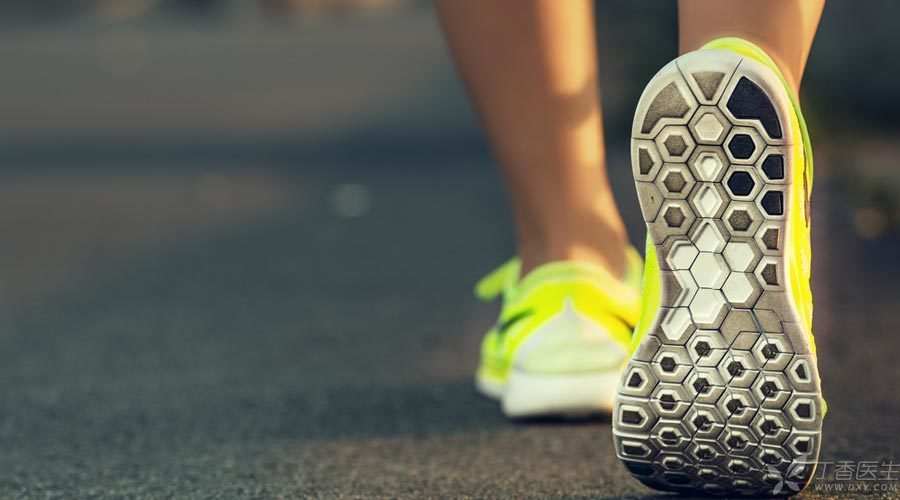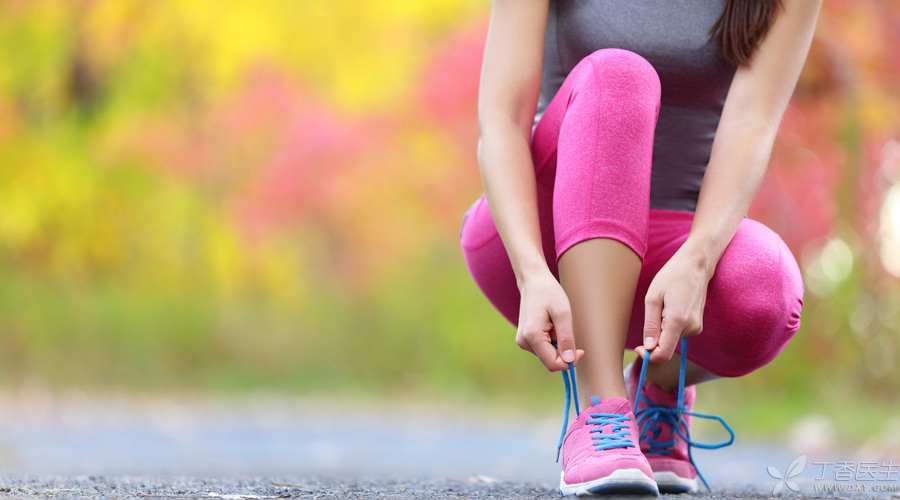It is better to have dinner and meet together than to exercise together.
Sports and fitness have become symbols of pursuing quality life.
Although not everyone can run tens of kilometers and lift dozens of kilograms of dumbbells, everyone can walk, so [brush steps] has become popular among friends.
Then the question arises-
Some people have occupied the top few places on the list with tens of thousands of steps for many years, while others have only a few hundred steps a day. How many steps are they good for their health?
Don’t pursue the number of steps, pursue [valid steps]

According to the current relevant health guidelines in our country, adults should carry out moderate-intensity physical activities equivalent to 6,000 steps per day.
However, for the average adult, 6,000 steps may be more suitable as the minimum target, and if the physical strength (and time) is sufficient, another 10,000 steps are required for oneself.
However, if it is just a daily walk, it is not a real sport.
The truly effective number of steps should come from effective exercise and reach above moderate intensity. A simple criterion is exercise heart rate:
- For those who are healthy and have good physique, the heartbeat can be controlled at 120 ~ 180 beats per minute. The heartbeat of middle-aged and elderly patients or slow patients is roughly controlled between (170-age) and (180-age).
Heart rate can be measured simply by touching the pulse for one minute, or by wearing a heart rate band and using equipment such as bracelets and smart watches.
Mobile Phone 10,000 Steps ≠ Exercise 10,000 Steps

As we said earlier, the number of steps in this circle of friends mostly refers to the number of steps recorded by mobile phones, usually from the built-in sensors on mobile phones and bracelets.
The biggest problem with these devices is that they are not very accurate.
As long as the position of the mobile phone or bracelet changes, the center of gravity moves, and the manual foot does not move, the number of steps will also occur. However, this is not used by what.
This number of steps is deceptive, not really effective.
There are 6,000 steps without much walking, is that enough?
Not enough, of course not.
In life, although short-term and low-intensity walking is regarded as moving, the effect is poor and cannot reach the level of physical fitness.
Therefore, if you only take some unintentional, fragmentary and short steps from the bedroom to the kitchen, from the corridor to the gate of the community, and from the office to the bathroom, which add up to 6,000, that is not enough.
Here, we still want to encourage everyone to take time out and take 6,000 steps.
Too much exercise may hurt your body.

Many people’s activity does not match their physical condition.
People who are overweight, have joint problems, have no basis for exercise, have poor physical fitness and have chronic diseases should not blindly spend several hours a day brushing the number of steps, because it is very likely that 6,000 steps are too many for them.
As for how many steps to take, I really need to consult a rehabilitation doctor or sports professional. After all, different physical conditions require different amounts of exercise.
Science is carried out step by step in stages.
At the same distance, running takes fewer steps than walking, but the exercise effect is much better because the running speed, heart rate and intensity are much higher.
However, it is not required to reach the goal of exercise amount in one step. After all, it is already a breakthrough to get out of the habit of sitting for a long time.
Take running as an example. If you have no joint problems, you can try this:
The first stage: stick to fast walking and try to increase the speed from 10 minutes and 1,000 steps to 10 minutes and 1,000 meters.
The second stage: fast walking is changed to jogging, trying to run 3 kilometers continuously;
The third stage: make a running training plan, set weekly exercise targets, and strive for 3-5 days of exercise per week, but the increase in running volume per week is not more than 10% over the previous week;
The fourth stage: gradually improve to be able to run 5 kilometers or more continuously. On weekends, you can also take part in some healthy running activities in cities and enjoy sports with more people.
